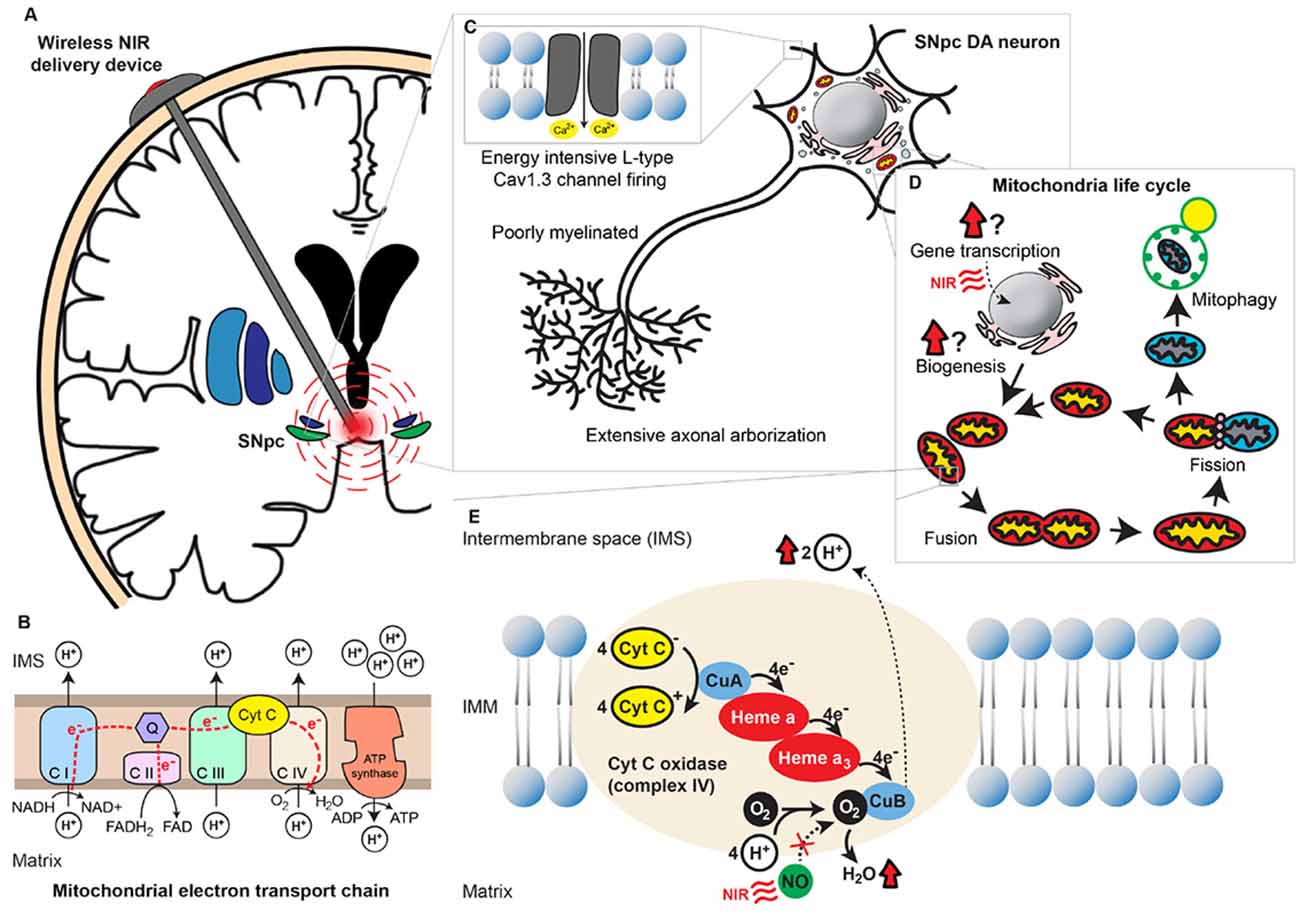Parkinson's And Temperature Regulation
Parkinson's and Temperature Regulation
Parkinson's disease is a neurodegenerative disorder that primarily affects the movement of individuals. However, it is important to understand that Parkinson's can also have an impact on other bodily functions, including temperature regulation. In this article, we will delve into the connection between Parkinson's disease and temperature regulation, highlighting its effects and management strategies.
Image 1: Body temperature regulation, temperature regulation by hypothalamus B

One of the key components involved in maintaining body temperature is the hypothalamus, a region of the brain responsible for various physiological processes. In individuals with Parkinson's disease, the degeneration of nerve cells in the hypothalamus can disrupt normal temperature regulation mechanisms.
As the disease progresses, individuals with Parkinson's may experience difficulty in adjusting to temperature variations in their environment. They may struggle to regulate their body temperature effectively, leading to problems such as excessive sweating or difficulty staying warm.
Image 2: Home Improvement 5000ml 1100W Electric Temperature regulation Heating

Creating a comfortable environment at home is crucial for individuals with Parkinson's disease, particularly considering their temperature regulation challenges. To ensure optimal temperature control, various home improvement devices are available, such as the Home Improvement 5000ml 1100W Electric Temperature Regulation Heating system pictured above.
Now let's explore some ways in which individuals with Parkinson's disease can manage temperature regulation difficulties:
1. Dressing Appropriately
Choosing the right clothing can significantly impact an individual's ability to regulate body temperature. Layering clothes can be particularly helpful, as it allows for easy adjustment according to temperature fluctuations. Additionally, wearing breathable fabrics can assist in managing perspiration.
2. Utilizing Cooling and Heating Techniques
To combat excessive sweating or discomfort due to cold, individuals with Parkinson's can employ various cooling and heating techniques. These may include using cooling towels, fans, or blankets to provide relief from heightened temperatures or using heating pads or heated blankets to stay warm during colder periods. It is important to ensure the temperature is adjusted to individual comfort levels.
3. Maintaining a Comfortable Indoor Environment
Creating a comfortable indoor environment is crucial for individuals with Parkinson's disease. This involves regulating the temperature in their living spaces. Installing programmable thermostats can help maintain a consistent temperature throughout the day, preventing extreme variations that may challenge temperature regulation.
FAQs
Q: Can Parkinson's disease cause excessive sweating?
A: Yes, Parkinson's disease can lead to excessive sweating, also known as hyperhidrosis. The malfunctioning of sweat glands due to neurological changes can cause individuals with Parkinson's to sweat profusely even in normal environmental conditions.
Q: How can overheating be managed in individuals with Parkinson's?
A: When individuals with Parkinson's are prone to overheating, it is important to take measures to cool down. This may involve using fans, cooling towels, or damp washcloths to help regulate body temperature. Additionally, ensuring a well-ventilated environment and staying hydrated can be beneficial in managing overheating.
Q: Is there a link between cold weather and worsening Parkinson's symptoms?
A: Cold weather may potentially worsen Parkinson's symptoms in some individuals. Cold temperatures can lead to muscle stiffness and increased difficulty in movement. It is essential for individuals with Parkinson's to keep themselves warm during colder periods to alleviate these symptoms.
By being aware of the connection between Parkinson's disease and temperature regulation and implementing appropriate strategies, individuals with the condition can enhance their comfort and overall well-being. It is crucial to consult healthcare professionals for personalized advice and guidance regarding temperature management in Parkinson's disease.
Note: The information provided in this article is for educational purposes only and should not be considered as medical advice. Please consult with a healthcare professional for personalized recommendations.
Homeostasis, Co-ordination And Control And Excretory System
 Image Source : kw.ukessays.com
Image Source : kw.ukessays.com Home Improvement 5000ml 1100W Electric Temperature Regulation Heating
 Image Source : anthropology.iresearchnet.com
Image Source : anthropology.iresearchnet.com Latest Regulation: Regulation Of Body Temperature Ppt
Vlog #117 - Temperature Regulation In Parkinson's Disease - YouTube
 Image Source : www.youtube.com
Image Source : www.youtube.com disease parkinson
Body Temperature Regulation, Temperature Regulation By Hypothalamus B
 Image Source : athletic.healthcare
Image Source : athletic.healthcare What To Do If I Have Problems With Body Temperature Regulation
Sweating And Temperature Regulation In PD | Stanford Parkinson's
 Image Source : med.stanford.edu
Image Source : med.stanford.edu Far Infrared And Parkinson's - ParkinsonsDaily.com
 Image Source : www.parkinsonsdaily.com
Image Source : www.parkinsonsdaily.com Homeostasis, co-ordination and control and excretory system. Far infrared and parkinson's. Sweating and temperature regulation in pd. Home improvement 5000ml 1100w electric temperature regulation heating. Latest regulation: regulation of body temperature ppt